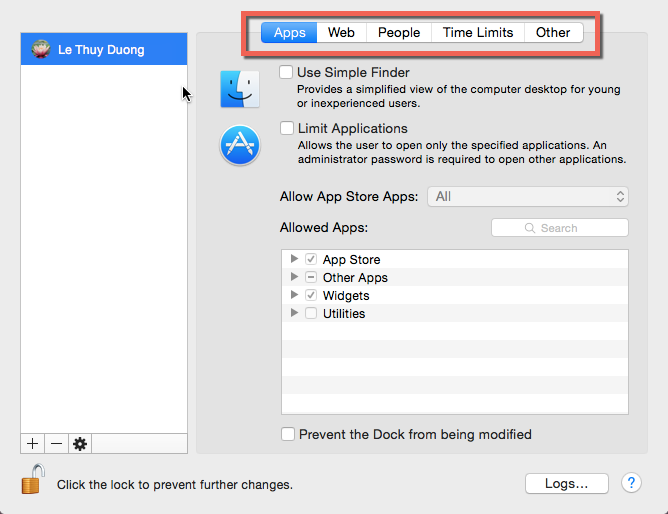

- #BLOCKBLOCK ON OS INSTALL#
- #BLOCKBLOCK ON OS UPDATE#
- #BLOCKBLOCK ON OS MANUAL#
- #BLOCKBLOCK ON OS FOR ANDROID#
- #BLOCKBLOCK ON OS SOFTWARE#
#BLOCKBLOCK ON OS UPDATE#
NOTE: The OS update can only be restricted upto 30 days, after which the users can manually update the OS on the devices. Ensure the Deployment Window selected is minimum 2 hours.
Schedule the OS update, by specifying the Deployment Window, Deployment Days and the Deployment Window. After which, the OS update will automatically be installed on the devices based on the configured schedule. #BLOCKBLOCK ON OS INSTALL#
After the OS update is available, the user will not be able to manually install the OS update for the specified number of days. While configuring the policy, you can decide the number of days for which the OS update must be blocked for.
#BLOCKBLOCK ON OS FOR ANDROID#
Mobile Device Manager Plus allows admins to automate and schedule OS updates for Android devices. Restricting OS updates for Android devices For more information on automating OS updates, refer this document. NOTE: The OS update can only be restricted upto 90 days, after which the users can manually update the OS on the devices.
Create and distribute the policy to the required Groups or devices. #BLOCKBLOCK ON OS MANUAL#
Select Delay for and specify the number of days you want to prevent manual OS update. Navigate to Device Mgmt -> Automate OS updates. While configuring the policy, you can decide the number of days the OS update must be blocked for. Mobile Device Manager Plus allows admins to create a policy to automate the OS updates on mobile devices. Steps Restricting OS updates for iOS devices Android devices must be running Android 6.0 or later versions and must be provisioned as Device Owner. If you want to block OS updates on devices running below iOS 11.3, refer this. iOS devices must be Supervised and running iOS 11.3 or above. The following pre-requisites need to be met to restrict OS update in iOS and Android devices Follow the steps given below to restrict OS updates: Lockdown Mode needs to be enabled separately on each device. Click Turn On & Restart to restart your device in Lockdown Mode. Scroll down to Lockdown Mode and click Turn On. Here's how you can block OS updates on managed Android and Apple devices. Enabling Lockdown Mode can be done easily in the System Settings app: Click Privacy & Security in the sidebar. Bugs in the latest OS may prevent enterprise apps from functioning properly. Enterprise network bandwidth may get affected if several devices update at once. Critical enterprise app(s) may not fully support the latest OS resulting in bugs & issues. Snow Leopard presents you with the familiar Add dialog, and youĬan choose the application that needs access.How to block OS updates in iOS and Android devices? DescriptionĪs IT administrators, there are several scenarios where OS updates are to be restricted in iOS or Android devices. At that point, you can click the Add button (which bearsĪ plus sign) to specify the application that your firewall shouldĪllow. That isn’t on the firewall list of recognized services andĪpplications. Sometimes, you might want to allow other traffic through your firewall Whether the firewall should allow or block connections. The firewall automatically allows traffic for that sharing method,Ĭlick the up/down arrow icon to the right of any service to specify (In other words, when you turn on a sharing method, 
When you enable different sharing methodsįrom the Sharing pane in System Preferences (such as File Sharing orįTP Access), you’ll notice that those types of traffic now appear in
#BLOCKBLOCK ON OS SOFTWARE#
Click the Automatically Allow Signed Software to Receive Incoming Connections radio button to select it.

Click the Start button to turn on your firewall.Click the System Preferences icon in the Dock.I think you can through the firewall as stated in this article: # localhost is used to configure the loopback interface The name "localhost" works because it is routed here to the ip local host standard address of 127.0.0.1. Launchctl does not support restart like systemctl restart avahi-daemon:(. Sudo launchctl load -w /System/Library/LaunchDaemons/ sudo launchctl unload -w /System/Library/LaunchDaemons/ To stop all connections to facebook (blasphemy!): # Col 1 Col 2Ġ.0.0.0 Usually the effects are immediate, (like right now I just tried to make sure and it was immediate), but you could unload and reload the multicast dynamic naming service manually. All other lines are parsed in space-separated columns. # is a reserved character for starting ignored text. You need administrator privileges (sudo) for this to work. If you know which server an application is trying to contact, and want to stop it from doing so, you can reroute all communication to a bogus IP address (like 0.0.0.0) or just reroute traffic to itself (the local host).







 0 kommentar(er)
0 kommentar(er)
